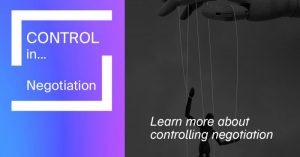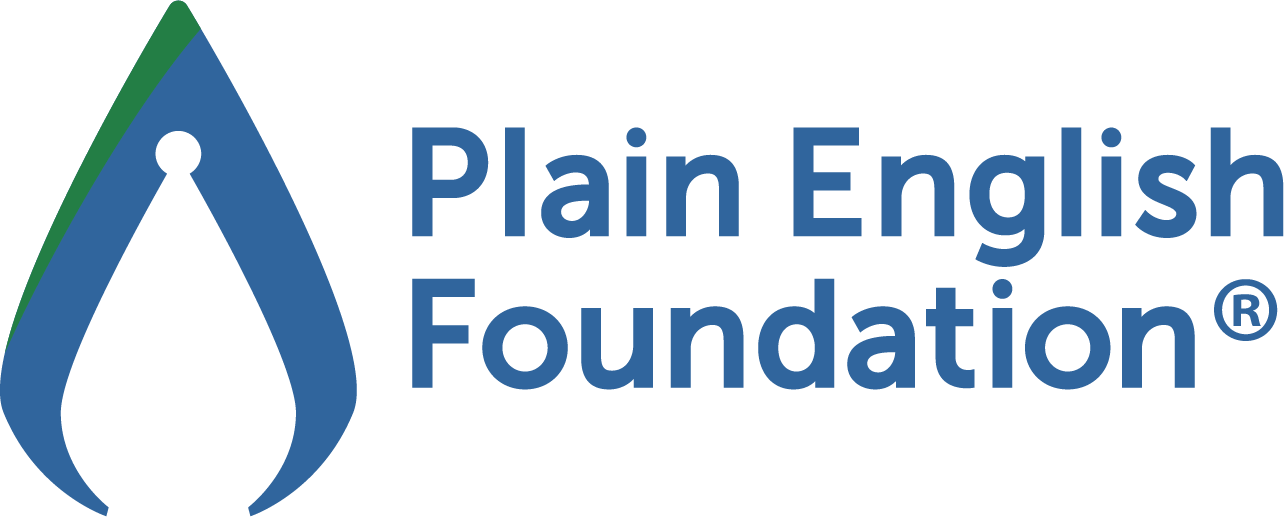Negotiators believe that people trying to influence them during a negotiation try to deceive them fairly regularly. In fact, researchers suggest this is the case on average around 40% of the time. There are clearly a lot of little white lies, fabrications, hyperbole and outright lying going on.
Observing and analyzing behavior is one of the major tools negotiation Process observers use. Looking for a range of deception clues gives us the capacity to distinguish fact from fiction, truth from lies.
Some common give-away signs to look out for:
Contradictions between the spoken word and the other party’s physical body language. For example, the other party says, ‘To be honest I think I’ve been more than fair’, followed by squirming and eyes darting nervously. This contradiction between body language and spoken word is something we may well be able to recall.
Other common signs to be mindful of:
- A ‘poker-faced’ facial expression – with subtle changes
- Eye contact – evasive, glance shifts
- An increase in hand- to face- contacts (mouth cover, nose touch)
- Smaller, tighter, less expansive arm and hand gestures
- Body orientation – moving away, turning away
- Body movements – less physical and confident, more squirmy and smaller, tighter movements
Yet, it’s one thing to detect a range of subtle and obvious deceit indicators but another to call the other party out on them. Whatever your planned negotiation outcome is, how will it help to accuse the other party of lying? It probably won’t.
The skilled negotiator, having observed enough signs of deceit to be on alert, can attempt to manoeuvre the other party to reveal their dishonesty by using one of the most formidable skills every negotiator masters: open questioning. By asking an open question, for example:
‘I understand you believe you’ve provided us with the most generous and considered offer your Board has agreed to. What’s the background on this decision? Who else was involved in shaping the range you’ve offered?’
Open questions starting with who, what and how can prompt the responder to expand on their (flawed) version of events. The more confidant they initially feel the more likely they are to start revealing gaps in their account, inconsistencies and contradictions.
‘No man has a good enough memory to be a successful liar.’ Abraham Lincoln
Good negotiators wait patiently, using the gentle pressure developed by tactical open questioning to allow the other party to give themselves away. Rather than pouncing on the first inaccuracy, allow the other party more rope. In the majority of cases, the other party’s version will more than likely become riddled with evasive, erratic and even contradictory details.
We also know the impact of a sudden shift in questioning can have. Using open questioning asking the other party to recall the sequence of a past event starting backwards in time can create enough confusion for their story to fall apart. For example: ‘Can you talk me through the process starting from the final decision… how did the final offer come about? What happened at the end of the meeting?’
Negotiators need heightened strategic awareness of negotiation process and human behavior. When you observe ‘shifty’ behavior you need to start digging and delving. Using open questioning will elicit detail. The more detail, the more follow-on open questions. The more the other party’s narrative flows the sooner it will start to resemble a story, and more than likely a rather fictitious one.










